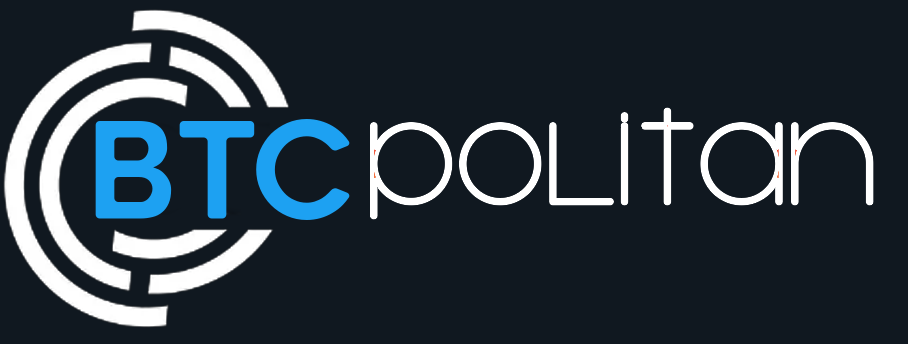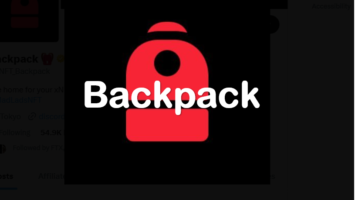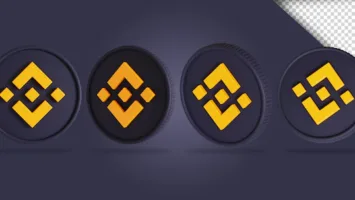Shiba Inu, the popular cryptocurrency that aims to be the ‘Dogecoin killer,’ has achieved a significant milestone in its deflationary efforts by burning nearly 10 billion SHIB tokens in Jan 2024. This was revealed by Shibburn, the Shiba Inu burn analytics platform, which published new data showing the scale of this event.
According to the data, someone permanently removed about 10 billion SHIB tokens from the cryptocurrency’s circulating supply in January. However, the current price of $0.00000889 per CoinStats values these tokens at around $88,348. The exact number of SHIB tokens burned was 9,937,949,070 (9.93 billion), which the burner sent to inactive wallets linked to the cryptocurrency.
Jan Shiba Inu Token Burn Falls Short Of Dec Record
However, the Janu token burn did not match the impressive scale in Dec 2023, which destroyed 36 billion SHIB tokens, primarily due to the launch of Shibarium-powered burns. These burns used a part of the gas fees on Shibarium, the Shiba Inu blockchain, to burn 33.4 billion tokens in four transactions within 18 days. A fifth Shibarium-powered burn, which took place on Jan 9, burned a whopping 9.35 billion SHIB tokens in one transaction.
Nonetheless, it is important to note that the tokens burned so far are only a small fraction of Shiba Inu’s huge circulating supply. The cryptocurrency has burned over 410.7 trillion SHIB tokens, resulting in a circulating supply of 581.31 trillion tokens.
Shiba Inu’s community is still pushing for more aggressive burning strategies to increase the scarcity and utility of the cryptocurrency. Also, they have asked the team to raise the gas fees on Shibarium to enhance the token-burning process. However, the team will test this automated burn portal on Puppynet before officially launching it on the mainnet.
Related Reading | XRPL & Hex Trust Unite To Drive Ripple’s XRP Growth
Furthermore, the author’s views are for reference only and shall not constitute investment advice. Before purchasing, please ensure you fully understand and assess the products and associated risks.




Comments (No)